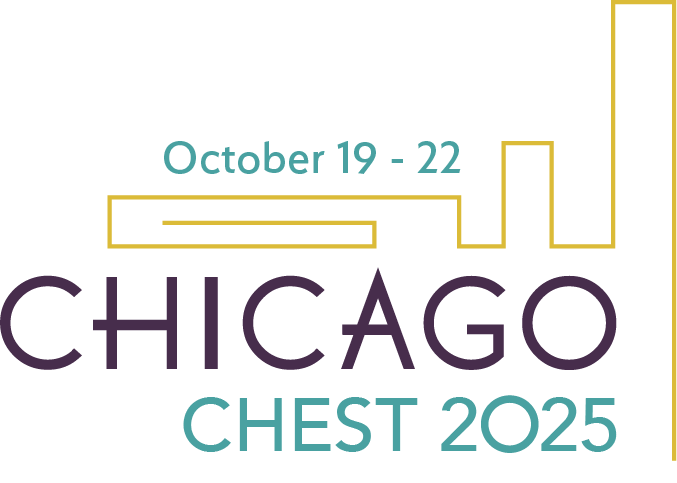
Idiopathic pulmonary fibrosis (IPF) and progressive pulmonary fibrosis (PPF) are associated with irreversible loss of lung function with a poor prognosis. Now, a recent phase 2 trial of admilparant, a lysophosphatidic acid receptor 1 (LPA1) antagonist and second generation drug, has shown it may slow the rate of decline in predicted FVC for both IPF and PPF.
LPA1 activation is associated with fibroblast recruitment, activation/proliferation, and survival, as well as epithelial cell apoptosis, all driving progressive lung fibrosis.
“LPA1 represents a pathway whose importance in fibrotic lung disease has been appreciated for a while and provides very strong preclinical rationale,” said study coauthor Fernando Martinez, MD, FCCP, Joseph D. Early Chair in Biomedical Research, Professor of Medicine, and Academic Chief of Pulmonary, Allergy, and Critical Care Medicine at UMass Chan Medical School.
He added that subsequent phase 3 trials in IPF and PPF are actively recruiting, and results could be available by late 2026 in IPF and sometime in 2027 for PPF, depending on enrollment.
The phase 2 study compared admilparant with placebo in IPF and PPF cohorts at 79 sites in 17 counties. Patients received 30 mg or 60 mg of admilparant or placebo twice daily over 26 weeks.
The primary end point was the rate of change in the predicted FVC at week 26 in patients with IPF. Secondary end points included predicted FVC change in patients with PPF, absolute change in FVC in both groups, acute exacerbations, and safety.
A total of 399 patients received admilparant or placebo between July 2020 and February 2023—278 in the IPF cohort and 123 in the PPF cohort. Patients with IPF were within seven years of their IPF diagnosis, and the patients with PPF demonstrated evidence of progression within two years. Patients with connective tissue disease ILD, other than ILD associated with rheumatoid arthritis, were excluded from the PPF cohort. Stable dosing of antifibrotics was allowed in both cohorts for three months; and background ILD-targeted immunosuppressants (mycophenolate mofetil, mycophenolic acid, azathioprine, and/or tacrolimus) were allowed in the PPF cohort if dosing was stable for six months before randomization.
The mean baseline percent predicted FVC was 76.5% and 66.8% for the IPF and PPF cohorts, respectively. Background antifibrotics were used by 67% of patients with IPF and 37% of patients with PPF. Background ILD-targeted immunosuppressants with or without antifibrotics were used by 15% (placebo), 13% (30 mg), and 12% (60 mg) of patients with PPF.
The rate of change in predicted FVC in IPF was -2.7% for placebo vs -2.8% and -1.2% for the 30 mg and 60 mg doses, respectively. The treatment difference for the 60 mg dose vs placebo was 1.4% (95% CI, -0.1 to 3.0), a relative risk reduction of 54%. The rate of change in PPF was -4.3% for placebo vs -2.9% and -1.1% for the 30 mg and 60 mg doses. The treatment difference for 60 mg was 3.2% (95% CI, 0.7 to 5.7), a relative risk reduction of 74%.
Most patients had treatment emergent adverse events, 80% for placebo, 76% for 30 mg, and 84% for 60 mg in the IPF cohort. Patients in the PPF cohort had similar rates of adverse events; 78%, 83%, and 67%, respectively.
Serious adverse events were reported in 17% of the placebo group in the IPF cohort vs 11% for admilparant. Patients with PPF reported slightly fewer adverse events, 32% for placebo vs 10% for 30 mg admilparant and 14% for 60 mg admilparant. Diarrhea was the most common adverse event and was reported most often in patients on background antifibrotic therapy. Dose reduction occurred after the first dose due to hypotension.
Dr. Martinez noted that two antifibrotic treatments have been approved by the US Food and Drug Administration (FDA) to slow FVC decline in patients with IPF: pirfenidone and nintedanib. Neither agent halts disease progression, and both carry significant tolerability challenges, which can limit patient acceptance.
Nerandomilast is headed for FDA review following successful results from the FIBRONEER-IPF and FIBRONEER-ILD trials reported earlier in 2025. Inhaled treprostinil could follow if the ongoing TETON trials are successful.
“My suspicion is that within a one- to two-year period, the field of fibrotic lung disease and how these challenging disorders are managed will be much more like pulmonary hypertension or the oncology space, where there are multiple agents available,” Dr. Martinez said. “The space is going to be much more complex in a good way because we will have effective therapies that can be combined.”
